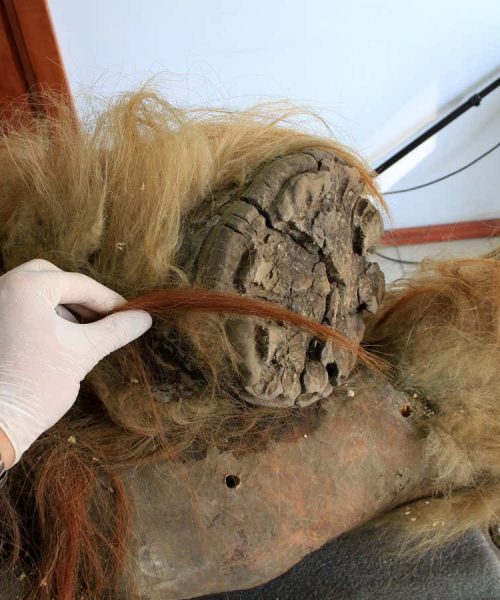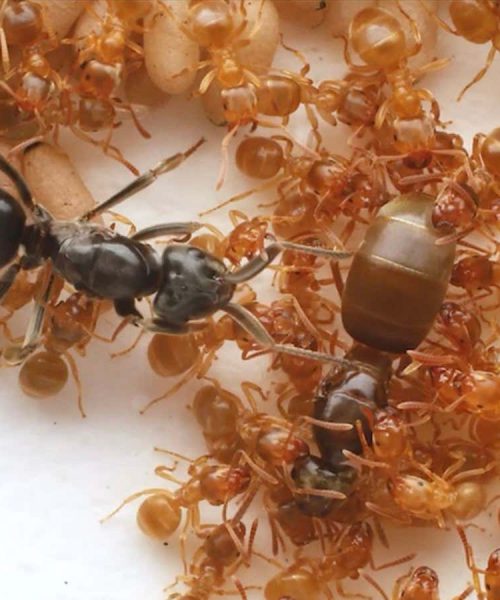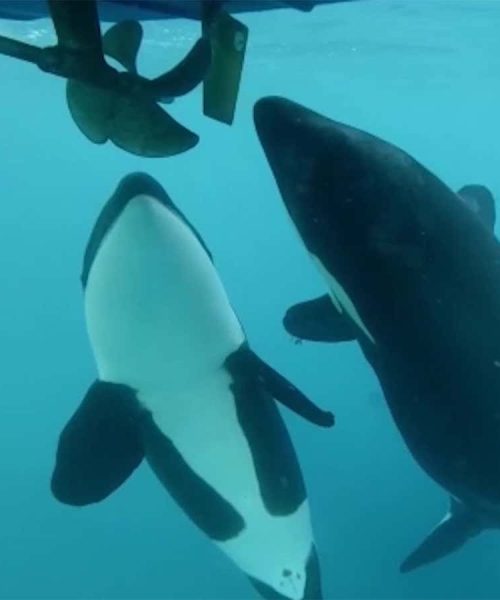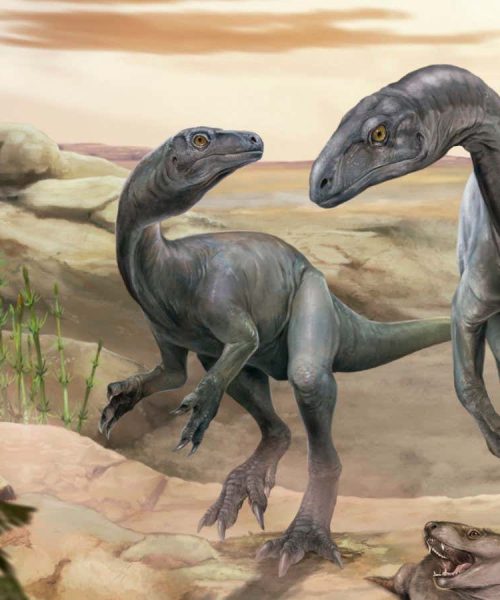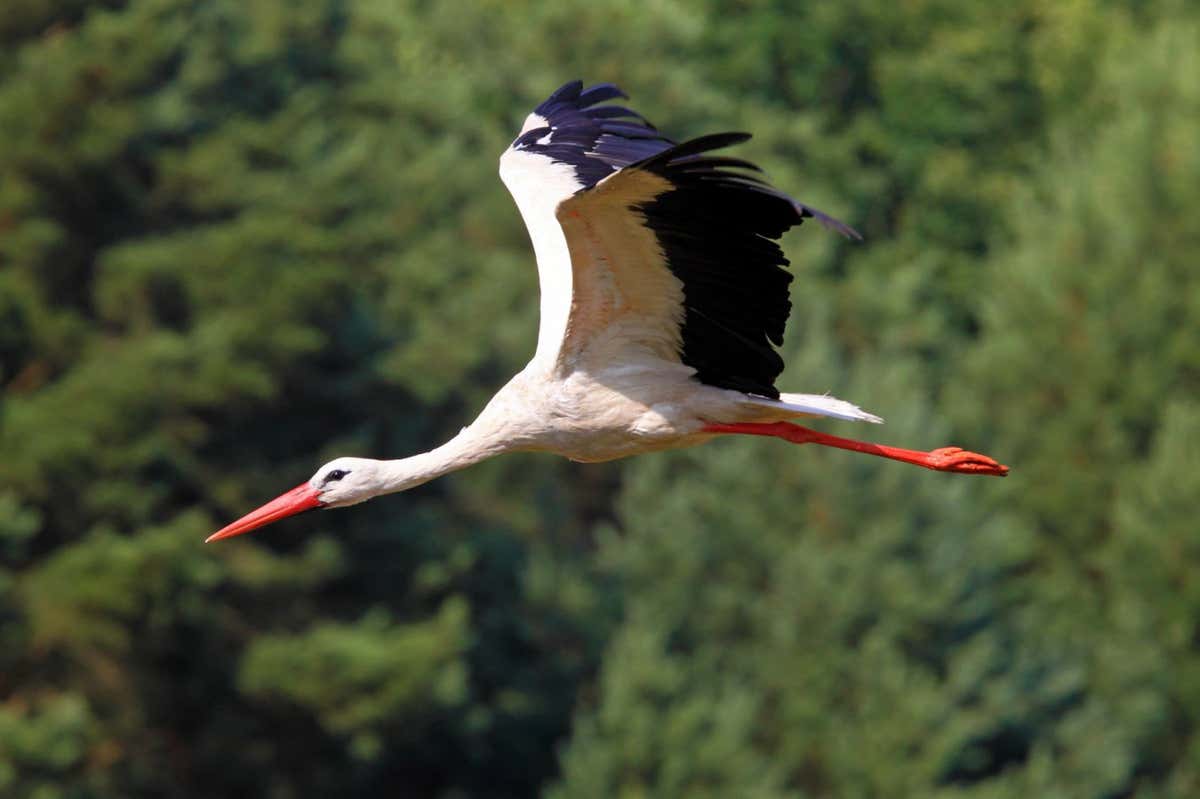
A white stork at its breeding ground in Germany
Christian Ziegler/Max Planck Institute of Animal Behavior
White storks take increasingly quicker and more direct routes for their migrations as they get older, which suggests they learn by experience to perfect these paths.
“We’ve been able to track these animals and gain detailed information on when and where they go,” says Ellen Aikens at the University of Wyoming. “But we wanted to learn more about how migration is refined and developed over the stork’s lifetime.”
Advertisement
White storks (Ciconia ciconia) mostly breed in Europe, but fly to central or southern Africa for the winter. Between 2013 and 2020, Aikens and her colleagues captured 258 juvenile white storks at five breeding sites in Germany and Austria. They fitted them with tags that tracked their location before releasing them.
In total, the team managed to record 301 migration events from 40 white storks, which had all completed at least two consecutive migrations.
After analysing the data, the team found that younger birds tended to spend more time exploring new places and trying out different paths each year.
“The reasoning behind this is that, in early life, they are collecting information to get to know their environment better,” says Aikens. “They aren’t breeding yet, so they have less time pressure to get to territories needed for breeding or to build nests.”
As the storks got older, however, their paths gradually became straighter and they flew much faster to get to their destination earlier.
“This suggests that they’re incrementally refining their routes to be shorter and more direct, but this came at the cost of having a more energetically expensive migration,” says Aikens. The changes occurred because, once storks mature, they must compete with others for high-quality nesting sites to successfully breed, she says.
“These storks learn just the way that we learn,” says Aikens. “We should really give them more credit for how intelligent and how amazing it is that they can successfully complete these journeys and do it better over many years.”
Topics:

